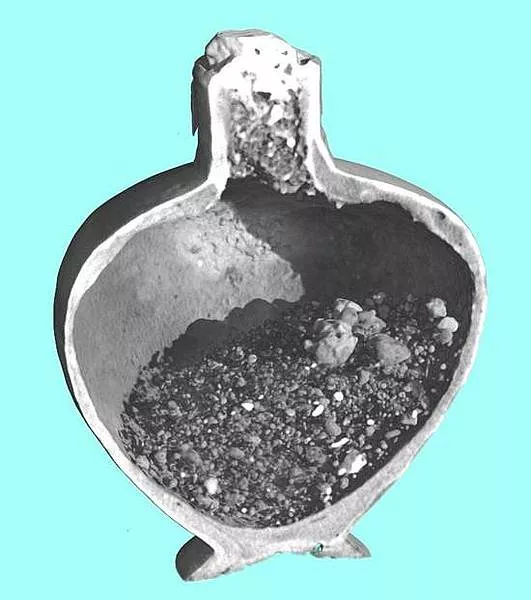In recent years, modern scientific methods have led to a wealth of information in Archaeology and Cultural Heritage Research concerning the composition of artefacts both on a molecular level and on the mechanical built of objects that cannot be dismantled without destroying them. X-ray methods from radiography to fluorescence have become widespread, but the potential of neutron methods has barely been tapped. Neutrons easily penetrate thick layers of metals, even lead, while revealing organiv material like wood, leather or bones in sealed metal or stone containers. Two- and three-dimensional imaging provides visuale information, while neutron activation analysis delivers elemental composition information, and neutron scattering reveals alloys and textures.
With modern detectors, Neutron Imaging can even be performed at low-power research reactors; the application for cultural heritage research gives rise to new uses to elder small reactors throughout the world, which is explicitly supported by IAEA. The conference "Neutron Imaging and Neutron Methods in Archaeology and Cultural Heritage Research" addresses archaeologists and conservators from museums an universities and aims to illustrate the potential of neutron methods in cultural heritage research.
Talks and posters will be presented by physicists and archaeolgists who have already employed neutron methods successfully; attendance is explicitly recommended for scientists who are completly new to neutron methods and want to learn about the possibilities at neutron sources throughout the world. The conference "Neutron Imaging and Neutron Methods in Archaeology and Cultural Heritage Research"will be held from September 9 to 12, 2013, at the Garching Campus of Technische Universität München, Germany.
Further information
Neutron Imaging and Neutron Methods in Archaeology and Cultural Heritage Research (NINMACH 2013)
Contact
Dr. Burkhard Schillinger, Forschungs-Neutronenquelle Heinz Maier-Leibnitz (FRM II), Tel. ++49 89 289 12185, E-Mail: burkhard.schillinger(at)frm2.tum.de

